The Peter Wanner Mansion sits at the very east end of Walnut Street in Reading, at the base of Mount Penn. The Victorian mansion was designed by Edward K. Mull and built in 1889 for Peter D. Wanner. Wanner was born on a farm near Kutztown in 1840. Despite his humble roots Wanner was driven toward education, spending the non-growing seasons in school. In 1859 he entered Union Seminary in New Berlin, and then the Fairview Seminary back in Kutztown. He was admitted to law school at Franklin and Marshall where he graduated in 1865 and quickly passed the bar.
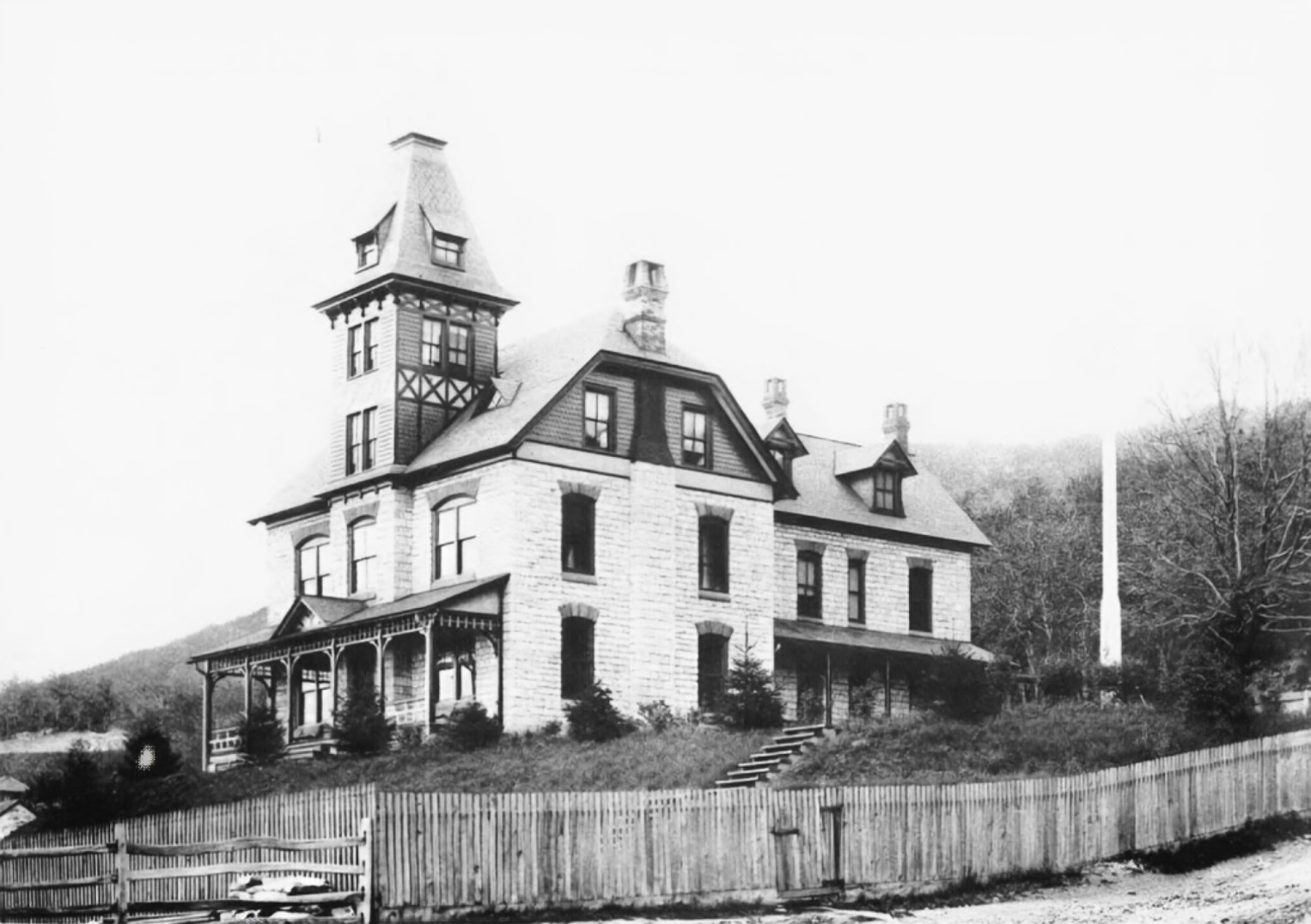
He established his career in Reading and immediately entered local politics. Wanner ran as the Democratic nominee for Berks County District Attorney in 1868, but wouldn’t be elected until 1871. After his four year term was up he was appointed County Solicitor in 1875. Wanner tried his hand at running for congress in 1878 against incumbent Hiester Clymer but lost.
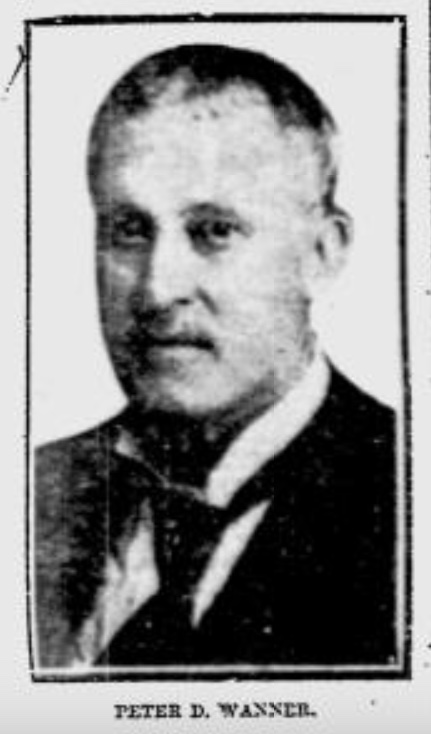
Wanner changed trajectory after this loss and became President of the Reading Foundry Company. The iron business was lucrative, as it afforded him enough to build the extravagant mansion. However it was also short lived – as it all came crashing down during “Panic of 1893“, in which the iron trade suffered severe financial crisis which caused an economic depression until close to the turn of the 20th century. Due to this, the Reading Foundry Company went bankrupt under his management. The bankruptcy cost him a great deal of his fortune. It was said that this failure caused a mental health spiral in Wanner that he never fully recovered from.
In 1895 he erected a building on the corner of Court & Reed Streets in which housed his law office. It was known as the “Wanner Building“.
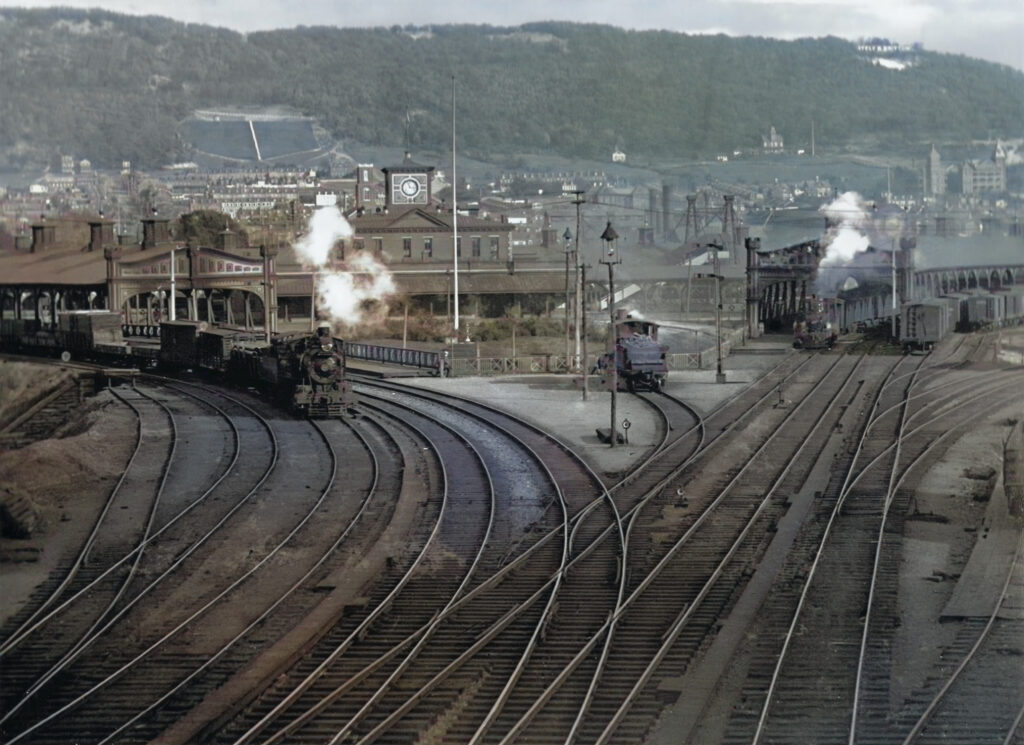
There property once was comprised of over 40 acres, much of which encompassed the blocks between Walnut and Elm from 8th all the way up to where they would build their mansion at the end of 14th street. Over the years they sold lots off and the area around them became developed. In the 1890 photo above you can see there is nothing between the mansion and St. Joseph’s Hospital, which is three full blocks away. At some point Wanner had a spring-fed swimming pool constructed which stood just to the north of the mansion.
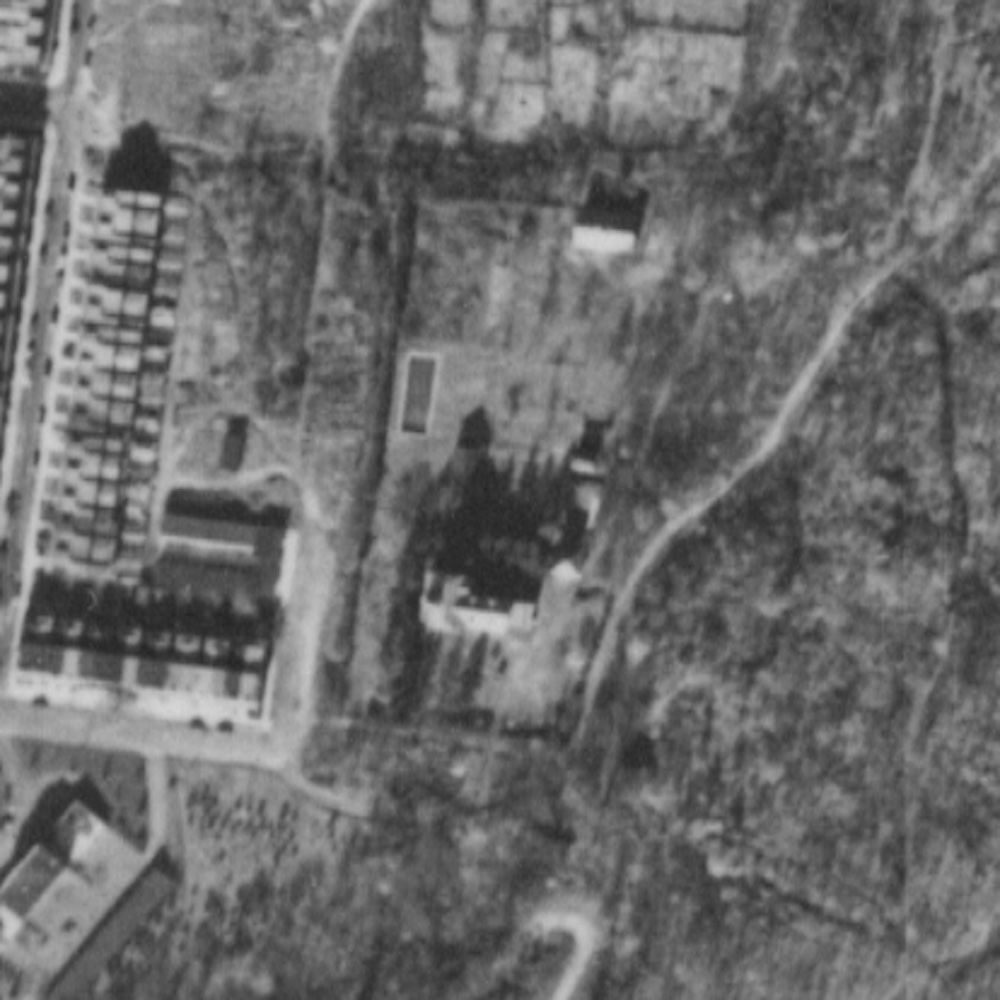
In 1896 Wanner again ran for office, this time the senate. He lost. In 1904 and 1907 he was the Democratic nominee for District Attorney again and lost both times. Finally in 1911 he ran for County Controller and lost in the primary.
The May 22nd, 1914 Reading Times reported that Wanner placed the barrel of the gun near his right ear and shot himself in the head in his bathroom at 8:00 in the morning. He perished in the house over two hours later of his injury. He was survived by his wife, Kate, two daughters and three sons. Despite his children being adults, many still lived in the mansion with them. At the time of his death he was involved with the Kutztown Water Company, and the State was trying to make him pay for upgrades to filter the water the company provided.
On May 21st the Reading Eagle reported that some friends had seen him downtown on two evenings prior to his suicide and that he seemed depressed and despondent.
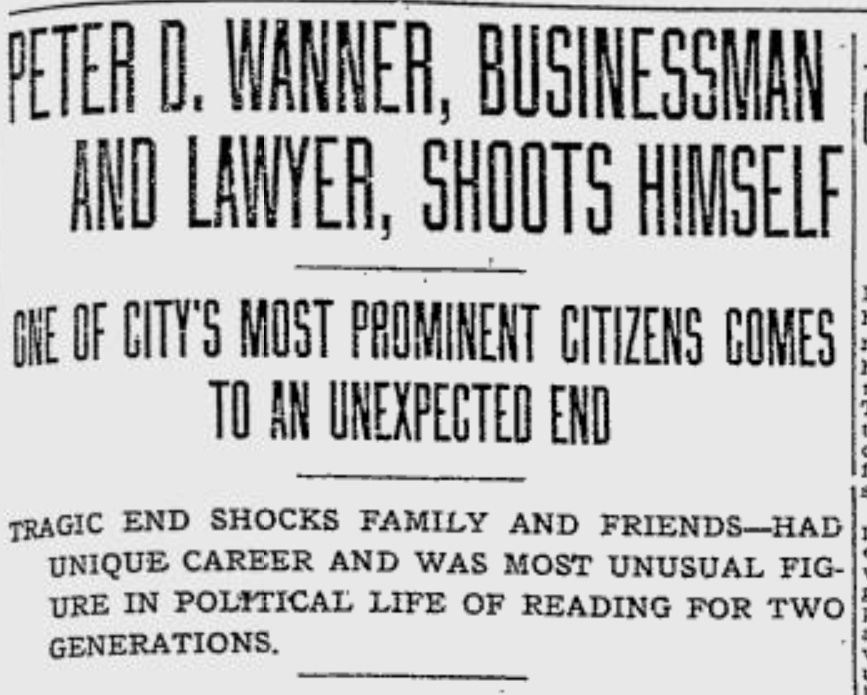
The Reading Eagle reported that Wanner had kept a diary of his daily life since he was a young man, and one book was devoted to every year. I can’t help but wonder what happened to this self-biography.
The funeral was held in the house on May 25th, when the Times reported that the body was attired in a black suit reposed in a black cloth-covered casket. The house was adorned with colorful carnations, daffodils and snapdragons. The Wanner Building at Court & Reed was draped in black shroud.
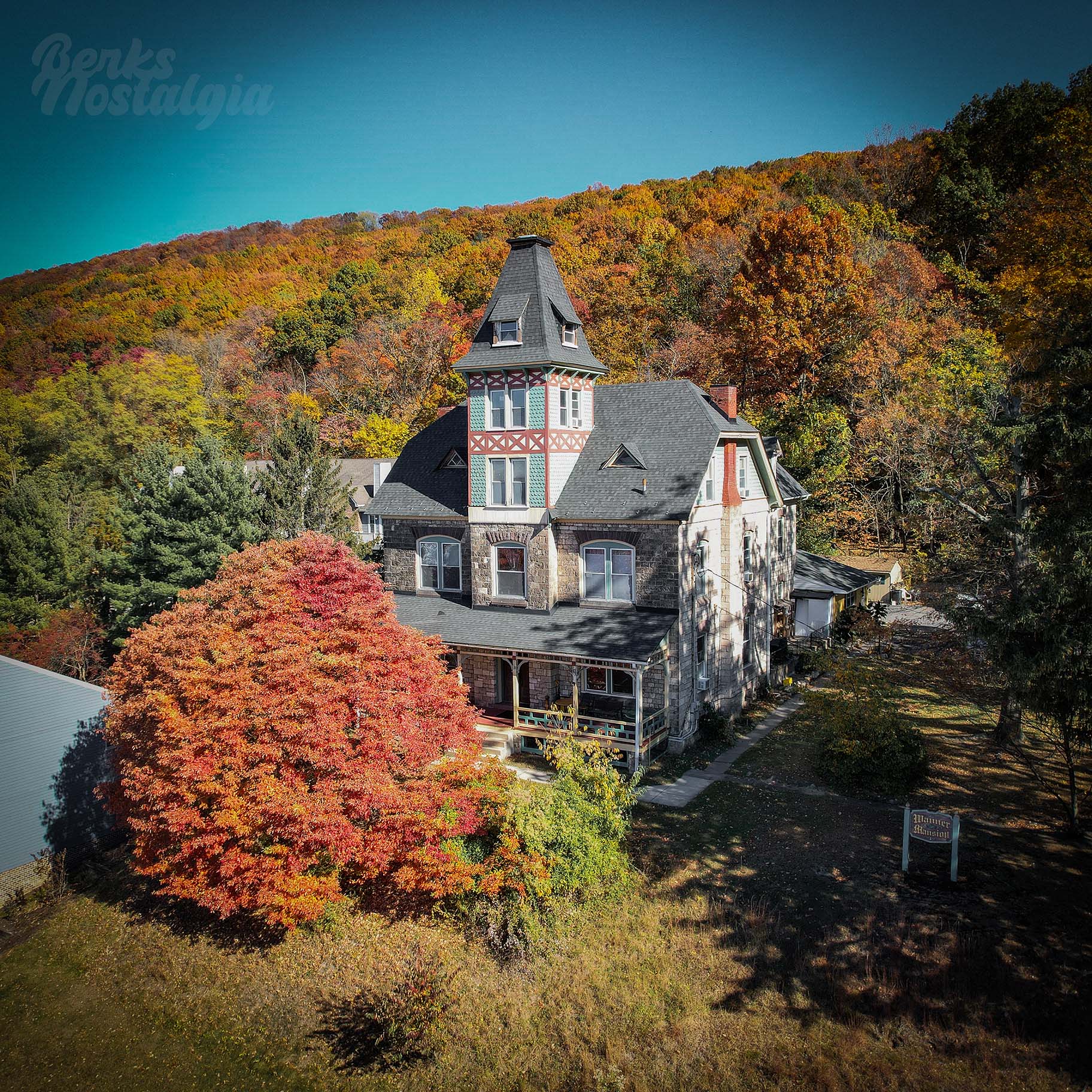
Mrs. Kate Wanner would live in the house herself until her own death in 1935, after which the children inherited the mansion property and the buildings at Court & Reed. An April 21st, 1937 Reading Eagle article indicated that the entire Wanner estate was worth $32,000, and $30,000 was in real estate including the mansion. Her will dictated that the children should occupy the property “as long as they are able to do so amicable and to advantage. Otherwise it is to be sold if two or more of the children approve of the price offered“. Apparently that wasn’t very long, as both the mansion and the two buildings downtown were foreclosed on in 1941. The mansion was converted into apartments shortly after. In 1987 it was nominated to be added to the National Register of Historic Places.
Some report strange things have happened in the mansion. Perhaps his spirit still haunts its halls.
